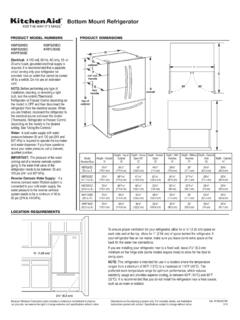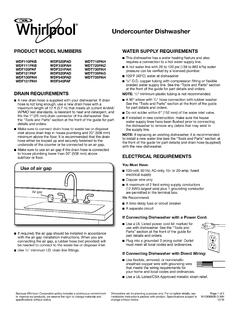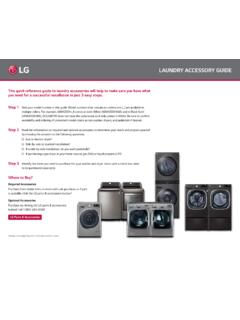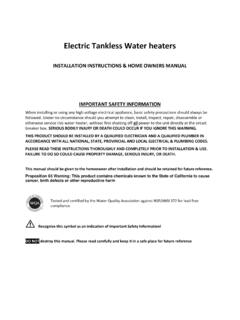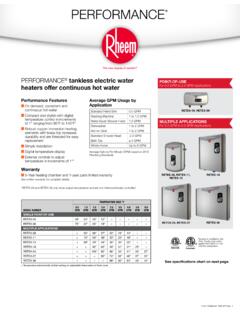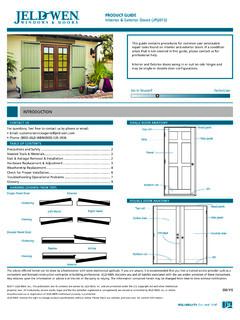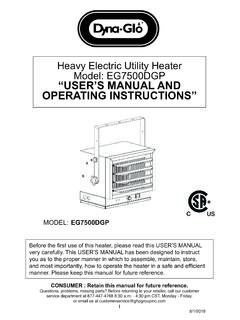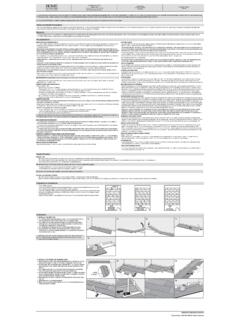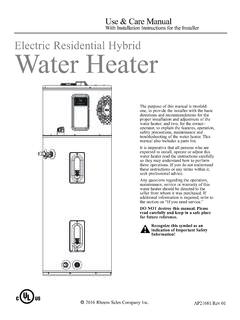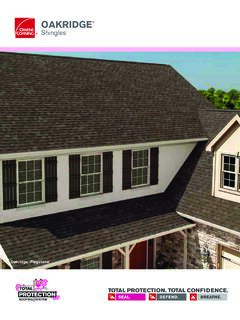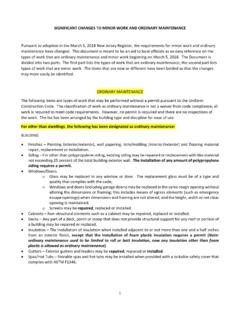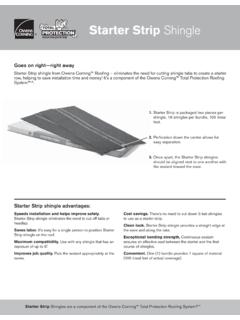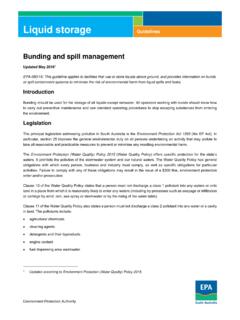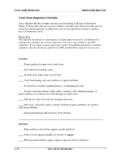Transcription of Shelterguard Metal Roofing System Ordering & Installation ...
1 Shelterguard Metal Roofing System Ordering & Installation Guide Specifications contained herein subject to change without notice or obligation to make changes in products previously Shelterguard Table of Contents 3-4 Basic Information 5 Delivery, Handling and Storage 5-10 Estimating and Ordering 11 New Roof Installation 12 Re-roof Installation 13 Fasteners 15 Flashing Details Overview 16 Eave Details 16-18 Valley and Gable Details 17 Ridge Details 17 Hip Details 18 Sidewall and Endwall Details 19 Gambrel Details 19 Pipe Flashings
2 20-21 Skylight Details 22 Chimney Details 23 Key Terms 3 Shelterguard Installation GUIDELINES Caution: Shelterguard Roofing panels must be applied on a minimum roof pitch of 2 :12 or greater. Important Notice: This guide must by read in its entirety before beginning Installation . This guide is supplied by FABRAL, Inc. for use by its customers, and is intended to be a guide only. This does not replace local or state building codes. FABRAL, Inc. assumes no responsibility for any problems, which might arise as a result of improper Installation or any personal injury or property damage that might occur with the products use.
3 Contact: Fabral Engineering at 800-477-2741 with questions regarding information provided in this manual. Under certain conditions, panels may show waviness commonly referred to as oil canning. This is a characteristic of roll forming. Such oil canning will not be accepted as cause for rejection. In areas of high snow or ice accumulations, snow guards, or snow blocks, may need to be added to the Metal roof System to reduce or eliminate snow or ice from cascading from a higher roof and damaging lower roofs, roof valleys, gutters, or objects on the ground. Check with your installer and local building codes as to the need of snow blocks or guards in your area and design appropriately.
4 4 MINIMUM RECOMMENDED TOOLS & EQUIPMENT Caulking Gun Used for miscellaneous caulking and sealing to inhibit water infiltration. Chalk Line Used to assist in the alignment of panels, flashings, etc. Electric Drill Used to drill holes such as those required for pop rivet Installation . Electric Nibblers or Metal Shears Used for general Metal cutting, such as cutting the panels in hip and valley areas. Some installers prefer using a circular saw with a Metal cutting abrasive blade. This method may be faster, but it has some drawbacks: Saw cut edges are jagged and unsightly and tend to rust more quickly than sheared edges. Saw cutting produces hot Metal filings that can embed in the paint and cause rust marks on the face of the panel.
5 Saw cutting burns the paint & galvanizing at the cut edge leading to the onset of edge rust. End Bender Tool Used to hand bend the ends of the panels as indicated in the details of this manual. This tool is available from FABRAL. Locking Pliers Standard and Duckbill style for miscellaneous clamping and bending of parts. Marking Tools Indelible markers, pencils, or scratching tools. Rivet Tool Used for miscellaneous flashing and trim applications. Rubber Mallet may be used to help snap panels together. Scratch Awl Can be made from old screw drivers ground to a point. Used to mark the steel, open hems, and as a punch. Screw Gun 2,000 to 2,500 rpm Clutch type screw gun with a depth sensing nose piece is recommended to ensure proper Installation of the screws.
6 The following bits will be required: 1/4 hex #2 Combination Square/Phillips bit Snips For miscellaneous panel and flashing cutting requirements. Three pairs will be required: one for left edge, one for right edge, and one for centerline cuts. Tape Measure 25 foot minimum. Utility Knife Used for miscellaneous cutting. 5 SAFETY CONSIDERATIONS Never use unsecured or partially installed panels as a working platform. Do not walk on panels until they are in place on the roof and all of the fasteners have been installed. Metal Roofing panels are slippery when wet, dusty, frosty, or oily. Do not attempt to walk on a Metal roof under these conditions.
7 Wearing soft-soled shoes will improve traction and minimize damage to the painted surface. Always be aware of your position on the roof relative to your surroundings. Take note of the locations of roof openings, roof edges, equipment, co-workers, etc. Always wear proper clothing and safety attire. Wear proper clothing when working with sheet Metal in order to minimize the potential for cuts, abrasions and other injuries. Eye protection and gloves are a must when working with sheet Metal products. Hearing protection should be used when power-cutting Metal panels. When working on a roof, fall protection is highly recommended.
8 Follow all OSHA Safety Requirements. Use care when operating electrical and other power equipment. Observe all manufacturers safety recommendations. Roof Installation on windy days can be dangerous. Avoid working with sheet Metal products on windy days. DELIVERY, HANDLING & STORAGE Always inspect the shipment upon delivery. Check for damage and verify material quantities against the shipping list. Note any damaged material or shortages at the time of delivery. Handle panel bundles and individual panels with care to avoid damage. Longer bundles and panels may require two or more pick points properly spaced to avoid damage that can result from buckling and/or bending of the panels.
9 Store the panels and other materials in a dry, well-ventilated area, away from traffic. Elevate one end of the bundle so that any moisture that may have accumulated during shipping can run off. Be sure that air will be able to circulate freely around the bundles to avoid the build-up of moisture. Never store materials in direct contact with the ground. Wear clean, non-marking, soft-soled shoes when walking on the panels to avoid shoe marks or damage to the finish. Step only in the flat area of the panels. 6 ESTIMATING & Ordering A ROOF A. Sketch a birds-eye view of the roof and label each section (see example below.) GFHEDICBA B Sketch a diagram of each roof section.
10 Show all measurements (see example below.) It is important to measure exact center of the ridge to the eave edge. Do not allow anything for overhang. GEFHIDCBA22'6'6'12'8'8'8'23'40'15'14'6'8 '22'16'10'18'18'24'10'30'30'15'14'13'15' 13'10'22'15'14'22'15'18'10'12'18'15' Additional Information Required: Roof Pitch, Skylights (Location & Size), Chimney (Location & Size), and Size and Number of Pipe Penetrations. Additional Identification: Ridge, Hips, Valleys, Gables, Etc. Step 1 7 ESTIMATING & Ordering A ROOF (cont.) From the diagram you completed in Step 1, you are now ready to develop your Roofing panel cut list. Each panel covers 36 of area so the only measurements you need are the distance from the eave to the ridge and the ridge length.
